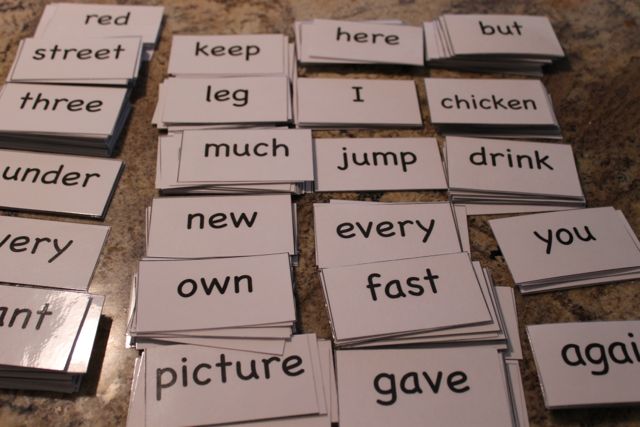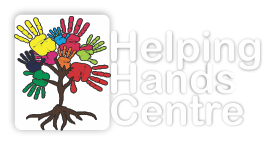
Phonological Awareness and it’s Importance to kids with Dyslexia
One of the ways preschoolers and kindergartners get ready to read is by noticing and playing with the words, rhymes and syllables they hear in everyday speech. This called phonological awareness.
Phonological awareness is a broad skill that includes identifying and manipulating units of oral language – parts such as words, syllables, and onsets and rimes. Children who have phonological awareness are able to identify and make oral rhymes, can clap out the number of syllables in a word, and can recognize words with the same initial sounds like ‘morning’ and ‘monkey.’
Phonemic awareness refers to the specific ability to focus on and manipulate individual sounds (phonemes) in spoken words. Phonemes are the smallest units comprising spoken language. Phonemes combine to form syllables and words. For example, the word ‘bag’ has three phonemes: /b/ /a/ /g/. There are 44 phonemes in the English language, including sounds represented by letter combinations such as /th/. Acquiring phonemic awareness is important because it is the foundation for spelling and word recognition skills. Phonemic awareness is one of the best predictors of how well children will learn to read during the first two years of school instruction. Students at risk for reading difficulty often have lower levels of phonological awareness and phonemic awareness than do their classmates.
Difficulties and frustrating moment with reading problems
1) Student view:
Children will usually express their frustration and difficulties in a general way, with statements like “I hate reading!” or “I don’t what that sound is!”. But if they could, this is how kids might describe how difficulties with phonological or phonemic awareness affect their reading, the problem could be :
•I don’t know any words that rhyme with ‘fox’
•What do you mean when you say, “What sounds are in the word flush?”
• I’m not sure how many syllables are in ‘supermarket’.
I don’t know what sounds are the same in ‘meat’ and ‘beat’.
2) A teacher’s view: What she sees in the classroom
some clues for teachers to determine that a student may have problems with phonological or phonemic awareness:
• She doesn’t correctly complete blending activities; for example, put together sounds /C/ /L/ /I/ /CK/ to make the word ‘Click’
•He doesn’t correctly complete phoneme substitution activities; for example, change the /m/ in mate to /gr/ in order to make ‘grate’
•He has a hard time telling how many syllables there are in the word ‘father’
3) A parent’s view: What I see at home
Some of the clues for parents that a child may have problems with phonological or phonemic awareness:
• She has difficulty thinking of rhyming words for a simple word like bag(such as rag or tag).
•She has difficulty with rhyming, syllabication, or spelling a new word by its sound
Kids also start to tune in to the individual sounds or phonemes in words. This is called phonemic awareness. The more you can build on these early “pre-reading” skills, the more prepared your child will be for the challenge of learning to read.
Easy and fun Phonological Awareness Activities:
The good news is that phonemic awareness and phonological awareness can be developed through a number of activities.
1. Listen up and read aloud
Good phonological awareness starts with kids picking up on sounds, syllables and rhymes in the words they hear. Read aloud to your child frequently. Choose books that rhyme or repeat the same sound. Draw your child’s attention to rhymes: “Fox, socks, box! Those words all rhyme. These words almost sound the same. It also helps to point out repeated sounds. For example, if you’re reading One pot, Two pot, Red pot, Blue pot, ask your child to listen to the /ppppp/ sound in fish. (Really stretch the sounds out at first.) Outside of story time, try pointing out other words that start with the /pppp/ sound, just like in the book.
2. Focus more on rhymes
Ask your child to pick out the rhyming words in books by himself. Ask, “Did you hear a word that rhymes with fox?” Teach your child nursery rhymes and practice saying them together. Or say four short words, like log, cat, hog, frog. See if your child can pick out the word that doesn’t rhyme.
3. Follow the sound or beat.
Teach your child about syllables by clapping the “beats” he hears in words. Let’s say you choose the word elephant. Pause as you say each syllable—e-le-phant—and clap out each syllable together. You can also get your child up and moving by having him stomp or jump with each syllable.
4. Indulge in guesswork as a game
Guessing games such as “I spy” can be used to work on almost any phonological skill. Want to practice noticing what sounds word begin with? Try “I spy something red that starts with /s/.” Want to work on rhymes? “I’m wearing something warm that rhymes with boat.”
5. Look out for the tune
Singing in general is a great way to get kids rhyming. There are also good songs teachers use to focus on other kinds of phonological and phonemic awareness skills. “Apples and Bananas” is a fun one. You can search online for more songs about phonemic awareness or ask your child’s teacher for recommendations.
6. Connect the sounds.
Sound blending is an important skill for early readers. They need to put sound units—phonemes—together to be able to read a word smoothly. You can help your child start working on this by putting together the sounds he hears. Ask him to connect the beginning sound with the rest of a word. For example, tell him, “Start with /p/ and add /ig/. What do word do you hear if you put them together?”
7. Break the words into bits
Have your child work on hearing a word and taking it apart. Start by using compound words such as cowboy, baseball or firefly. Tell him, “Say the word football . Now take away ball . What word is left?” You can also use Lego bricks to make this point. Give your child two attached Lego bricks to represent parts of the word. Then have him physically take the Lego pieces apart as he removes part of the word.
8. Be creative with crafts.
Kids respond to hands-on learning. Try making a collage of items that start with the same sound using pictures from magazines. Sock puppets can be another fun way to work on these skills. Make one that likes to munch on words that start with a certain sound. Let your child have fun “dressing.” his puppet different objects or pictures that start with that sound.
9. Go online.
There are many resources and ideas online to work on phonological and phonemic awareness skills. Check out YouTube for teaching videos, Pinterest for phonology games and crafts, or the app store for nursery rhymes, sound games and songs. Whatever you do, keep the activities short and fun. If your child finds one activity too difficult or boring, try something different. If you find that activities of this type are really hard for him, talk to your classroom teacher or your district’s early childhood department to see if extra help is available.FW0663 – adidas samba ireland live score last night – adidas Futurenatural Shoes Vivid Red Mens | FitforhealthShops , Nike Air Force 1 – Official 2022 Release Dates – nike lunarlon mens green jeans shoes boots
